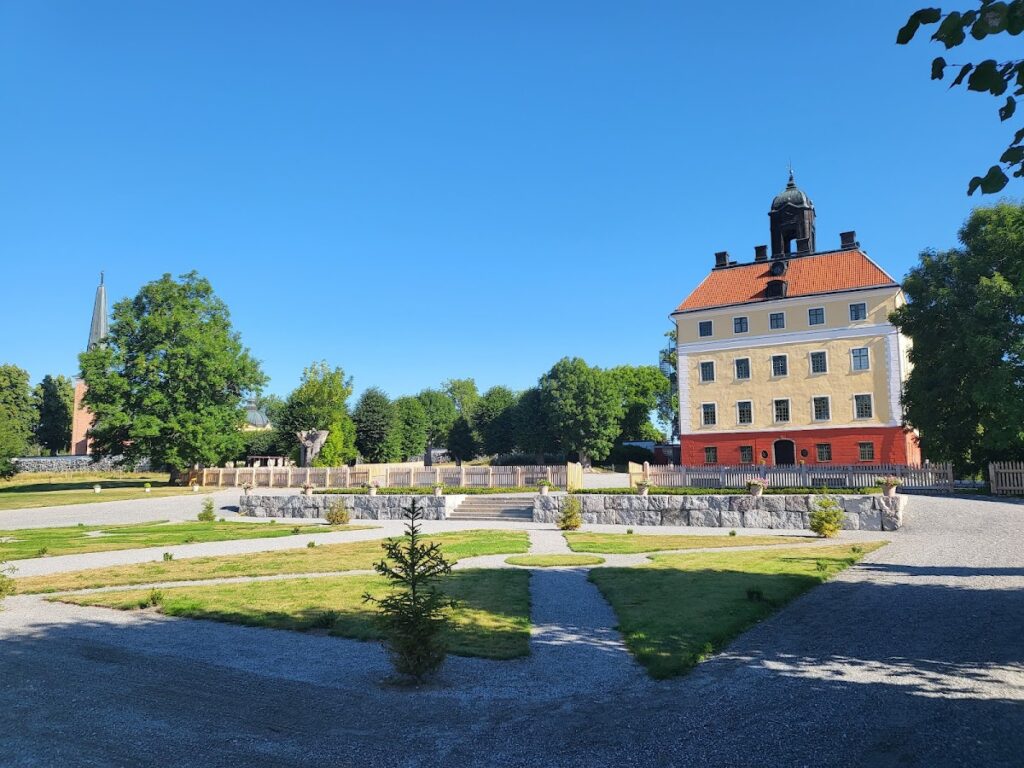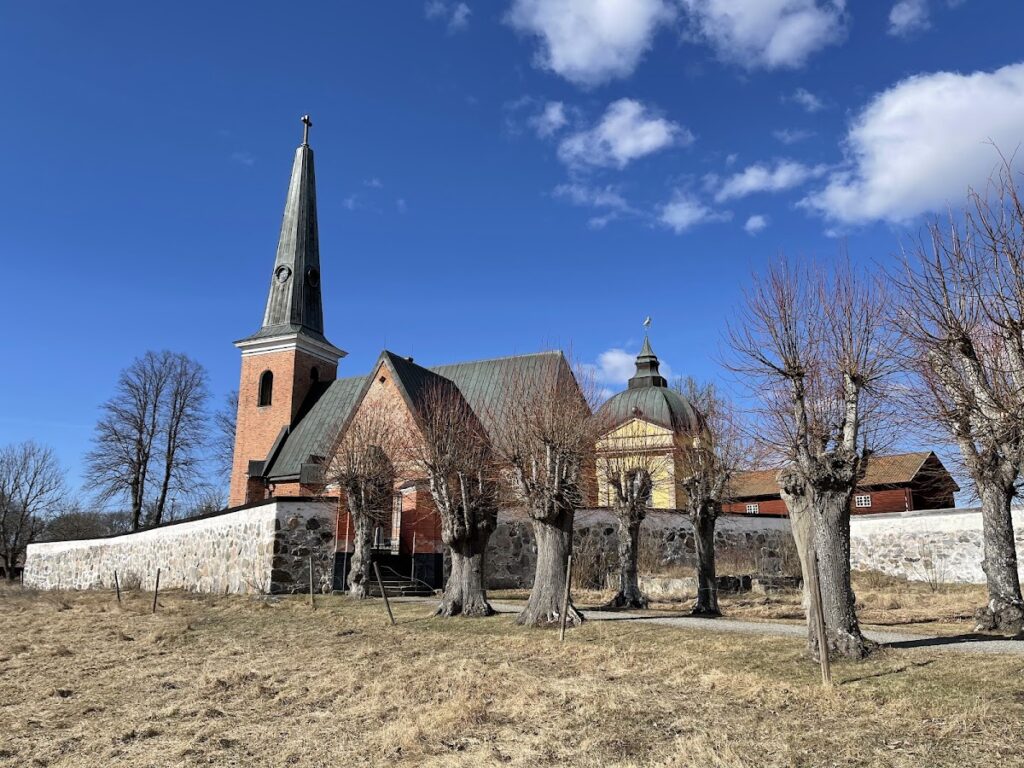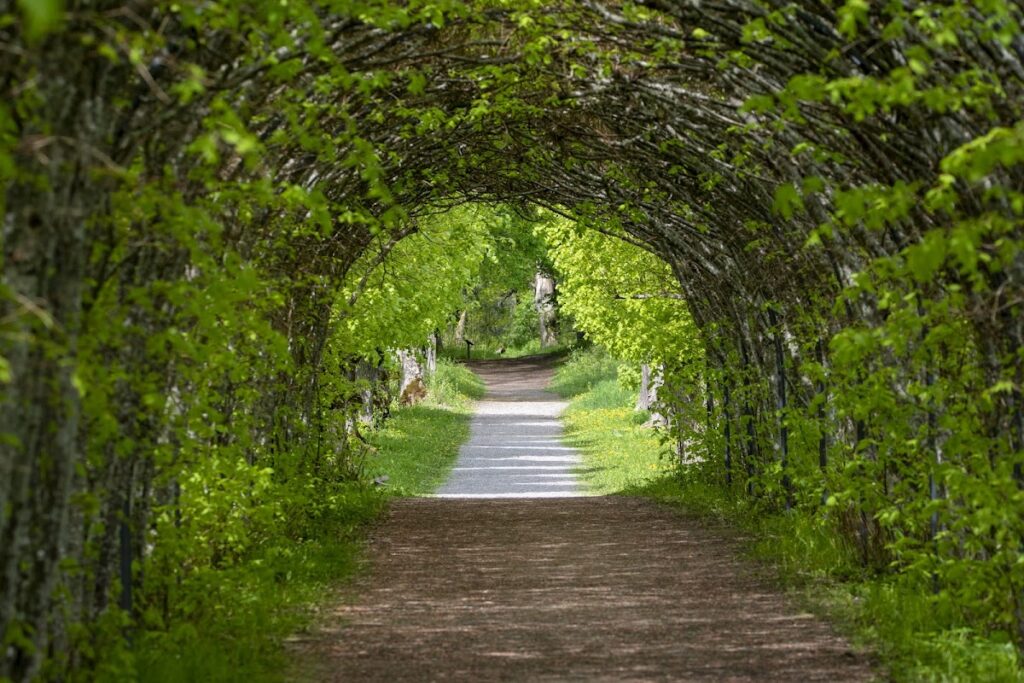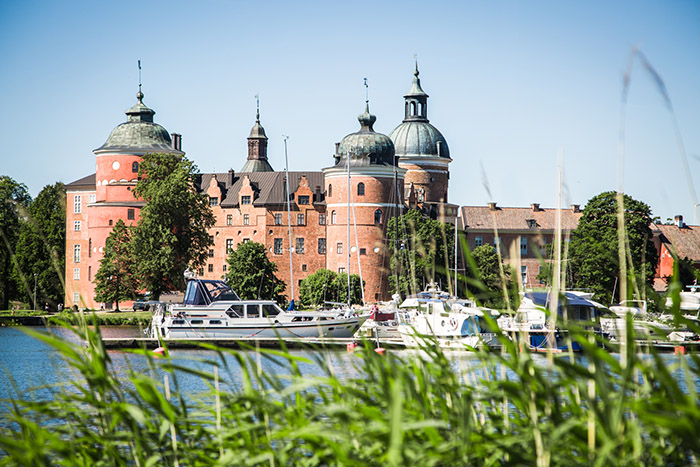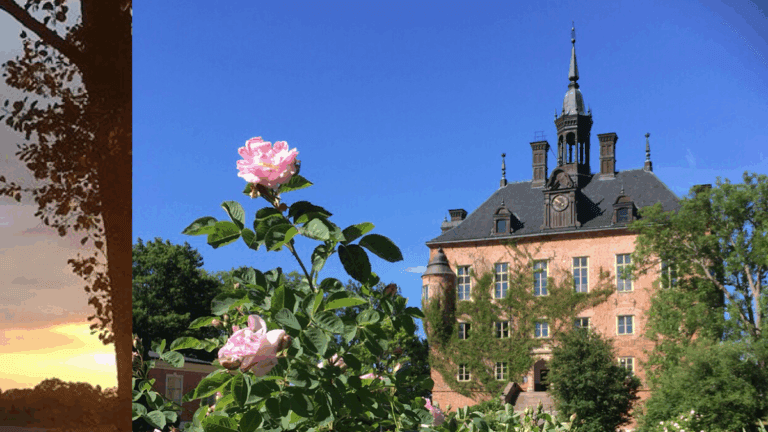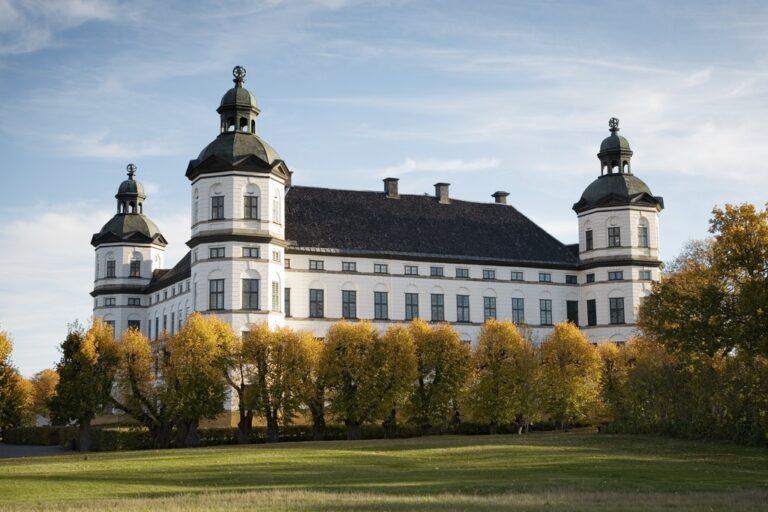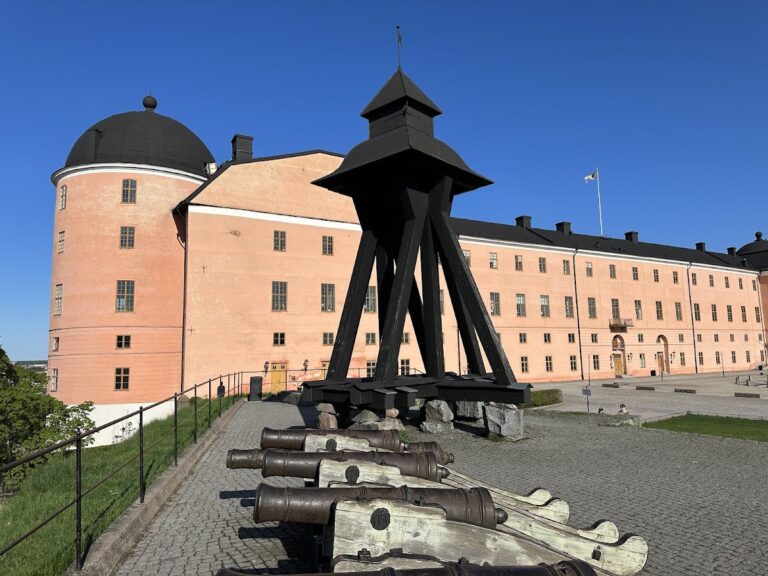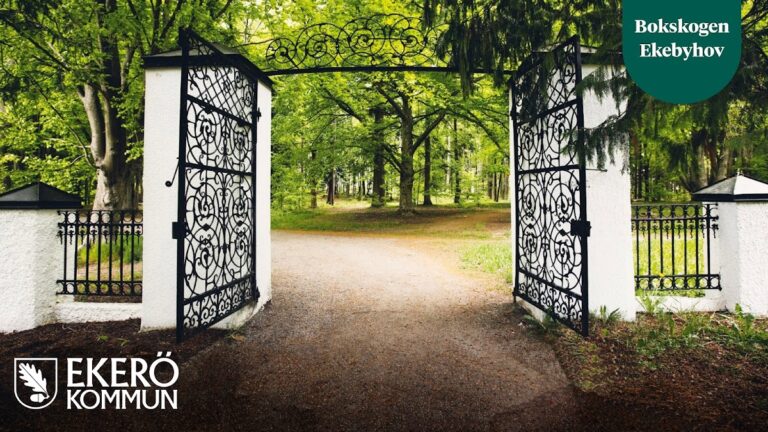Ängsö Castle: A Historic Swedish Stronghold and Museum
Visitor Information
Google Rating: 4.1
Popularity: Low
Google Maps: View on Google Maps
Official Website: www.engso-events.com
Country: Sweden
Civilization: Unclassified
Remains: Military
History
Ängsö Castle is located on the island of Ängsö within Västerås municipality in Sweden. This stronghold was originally established by the medieval Swedish kingdom and has been a notable feature in the region’s history for centuries.
The earliest recorded mention of the site, referred to as “Engsev,” appears in a royal document issued by King Knut Eriksson during the late 12th century, between 1167 and 1196. The estate was originally inherited from his father, King Erik Jedvardsson, also known as Erik the Holy. Before the year 1272, the property was under the control of Riseberga Abbey, a religious institution, reflecting the close ties between land ownership and ecclesiastical authority during the Middle Ages.
From the late 15th century, specifically starting in the 1480s, Ängsö Castle took on a new form as a fortified stone and brick structure, constructed by Bengt Fadersson Sparre, a member of the Swedish council of nobles (riksråd). This phase transformed the estate into a defensive strongpoint. His son, Knut Bengtsson Sparre, is recorded for his role in the conflicts surrounding the Swedish War of Liberation; he defended the nearby city of Västerås against the forces of Gustav Vasa in 1521. The castle itself was besieged and ultimately captured by Gustav Vasa’s troops in 1522, underscoring its strategic importance during this period of rebellion.
Following these turbulent events, the castle returned to the Sparre family through Knut Bengtsson’s daughter, Hillevi Knutsdotter, in 1538. She was married to Arvid Trolle, and through this union, control of Ängsö passed into the hands of the Trolle family before subsequently coming under the possession of the Posse family. This sequence of noble custodians reflects the common practice of property transfer through marriage and inheritance among the Swedish aristocracy.
In the early 18th century, beginning in 1710, ownership shifted to the Piper family, who maintained it as a fideicommissum—a legal form of entail ensuring the estate remained intact within the family line—until 1971. The last fideicommissary passed away in 1968, although the family continued to lease the estate and reside there into the 21st century. By the mid-20th century, specifically in 1959, the castle ceased its use as a noble residence and was instead converted into a museum, marking a shift toward preservation and public engagement.
The castle was officially protected as a listed historical building in 1965, underlining its cultural and architectural importance. Later, in 2010, ownership transferred to the Westmannastiftelsen foundation, ensuring continued care for the site. Throughout its history, Ängsö Castle has also inspired local folklore. Several ghost stories are connected to the site, including accounts of apparitions related to former inhabitants like Brita Bååt and Anders Luxemburg. These tales have even featured in paranormal investigations, such as the television program “Det okända” aired in 2007, highlighting the enduring intrigue surrounding the castle’s past.
Remains
Ängsö Castle stands as a nearly cubic, four-story building constructed primarily from stone and brick, situated prominently on Ängsö island in Lake Mälaren. The foundations and lower sections date back to the castle’s original erection in the 1480s, providing a substantial example of medieval fortified architecture. This original fortress formed the core of the present building, demonstrating the defensive purposes it served during its earliest centuries.
Significant changes came in the 17th and 18th centuries, starting with remodeling efforts in the 1630s that expanded the structure. In the years 1740 to 1741, architect Carl Hårleman designed further additions, including a top floor and a mansard roof capped by a lantern, a small windowed turret that allowed light into the upper levels. This period also saw the construction of two garden-facing wings and a new two-story building, enhancing the estate’s residential and representational qualities rather than purely military function.
Within the castle, several interior rooms retain their decorative designs from the 18th-century renovations, offering valuable insight into the style and aesthetic preferences of that era. Surrounding the castle is an extensive park, notable for its collection of portraits representing Swedish nobility, which reflects the estate’s long connection to Sweden’s aristocratic families.
Among the artifacts associated with the castle is a gold chain displayed prominently in the stairwell, which is linked through local legend to one of the castle’s ghost stories. Nearby, embedded in the wall of the churchyard adjacent to the estate, is the so-called “blood stone,” a relic often mentioned in connection with tales of the supernatural history of the site.
Today, Ängsö Castle remains well preserved and functions as a museum, allowing its layered history and architectural evolution to be studied and appreciated in situ. The combination of medieval construction techniques and later Baroque-era enhancements provide a tangible record of the castle’s adaptation across centuries.

